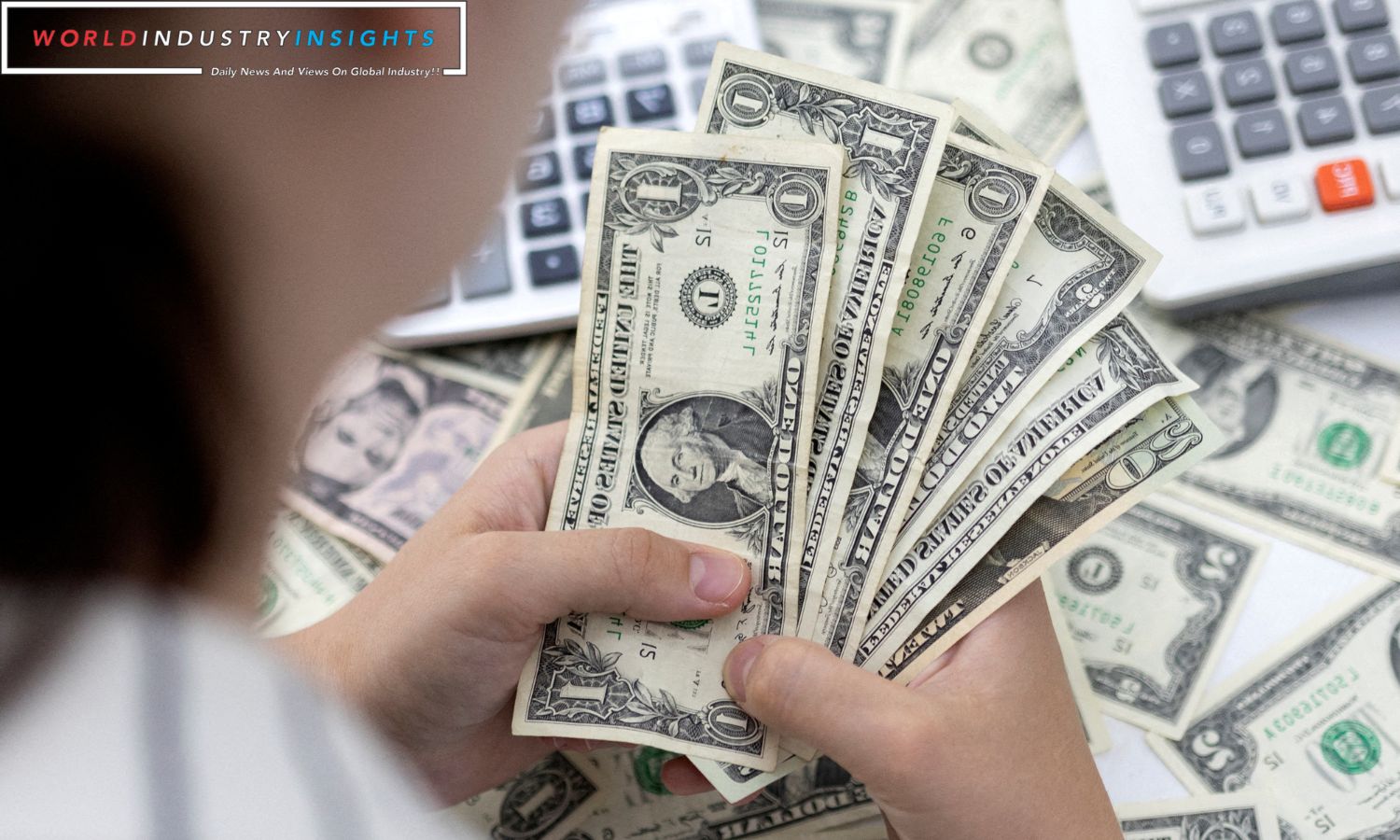Fed Whispers Shake Markets: Tuesday saw a slight drop in the value of the US dollar, as well as a change in predictions for US interest rates and a drop in Treasury prices. Investors noticed that Federal Reserve officials’ tone changed slightly toward being more dovish, which changed the dollar’s direction.
Unrest in the Middle East caused the yen to strengthen, and it continued to make small gains. The yen’s small gains were caused by more people wanting to buy safe-haven investments. At 148.34 to the dollar, the yen was being bought and sold. The Swiss franc also went up, reaching 0.9045 to the dollar.
In the midst of all this, the euro only added 0.1% in early Asian trading to reach $1.0580. The Israeli shekel was stable at 3.95 to the dollar, just above a low point not seen in eight years. This was done after the central bank promised to put $30 billion into the foreign markets.
Investors were worried about a long fight because of an attack by Palestinian militants over the weekend and Israel’s response. Over 1,500 people were killed in the battle.
One thing that changed, though, was what two Federal Reserve officials said. They said that more interest rate hikes would not be needed because of the current chaos in the bond market. Lorie Logan, President of the Dallas Federal Reserve, said, “If long-term interest rates persist due to elevated term premiums, there may be less need to raise the Fed funds rate.” This was different from some of her previous hawkish comments.
Also Read: Euro Dollar Fed ECB Outlook: Market Anticipation Grows for Central Bank Moves
Because rates recently went up, Fed Vice Chair Philip Jefferson stressed the need to be careful. Futures-implied chances of another Fed rate hike this year have gone down from over 40% last week to about 26% on Monday.
As more officials, like Fed Governor Christopher Waller, show up, more information may become available about the direction of Federal Reserve policy. As Carol Kong, a strategist at CBA, said, the markets are ready to look at their comments for direction.
At the start of the day in Tokyo on Tuesday, ten-year rates on the Treasury market fell more than 13 basis points to 4.63%. They had been going up. Rate cuts and a rise in demand for safe assets caused this change. It was especially clear on Monday when the cash market was closed for Columbus Day.
When it comes to money, the pound got a little stronger against the dollar, reaching $1.2244. The Australian dollar went up by 0.2% to $0.6420, and the New Zealand dollar went up by 0.2% to $0.6031. This shows that the dollar isn’t very strong against these currencies.
After a week off, China went back to the market, which brought back the daily fix for the yuan’s trade band. The yuan kept its overnight gains and traded at 7.2876 per dollar on the foreign market before the start of trading in China. This was just above its 50-day moving average.
Our Reader’s Queries
What will happen to stock market when Fed cuts rates?
On average, the index experiences a 0.5% drop a week after the initial rate cut, indicating that investors are cashing in on their gains. However, it’s worth noting that the S&P 500 sees a significant 5.2% increase in the six months following a rate-cut announcement.
What is the Fed rate of return?
The Federal Funds rate currently stands at 5.25% to 5.5%. Essentially, this rate is an interest rate that is determined by the Federal Open Market Committee (FOMC). It signifies the rate at which banks lend money to each other, typically for a short period of time, such as overnight or a few days.
What is the Fed rate decision?
As anticipated, the Fed has decided to maintain the current target range for the federal-funds rate at 5.25-5.50%. However, officials have signaled that they plan to implement three rate cuts in 2024. This decision suggests that the central bank will maintain a tighter monetary policy next year than what was previously predicted by Wall Street.
Is the Fed dovish?
Investors and the Fed are now on the same page, although the market is still more cautious. According to 19 Fed officials, 17 of them predict that the policy rate will decrease by the end of 2024, with the median projection showing a drop to 4.6% from the current range of 5.25%-5.50%.


